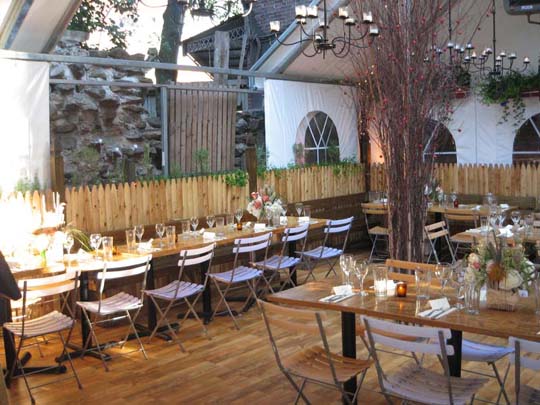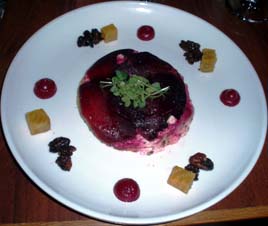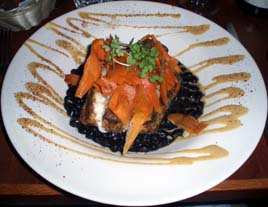Montreal Journal: Au Pied de Cochon
 Sunday, November 25, 2007 at 04:28PM
Sunday, November 25, 2007 at 04:28PM 
Although we would have but two evenings in Montreal, one restaurant from our last visit impressed us enough that we were determined to go again: Au Pied de Cochon, literally “The Pig’s Foot.”
 Chef Martin Picard has a cult following that almost any chef would envy. I cannot find a single negative review of the place. Maybe it’s because Picard is bribing diners with the most fattening foods imaginable, and serving them in eye-popping combinations no one else would dream of.
Chef Martin Picard has a cult following that almost any chef would envy. I cannot find a single negative review of the place. Maybe it’s because Picard is bribing diners with the most fattening foods imaginable, and serving them in eye-popping combinations no one else would dream of.
I wrote a fairly detailed eGullet post the last time we visited, so I won’t repeat the background. The only thing that’s new since then is that Martin Picard now has his own cookbook. Like everything else at Au Pied de Cochon, Picard did it his own way, and published the book himself.
And the restaurant is, if anything, even harder to get into. We booked our table a few weeks in advance, but all they could offer me on a Saturday evening was 6:00 p.m., and we had to vacate the table by 8:00. This didn’t deter us: for all of the restaurant’s charms, it is really not a place to linger. The space is cramped, loud, and not especially comfortable.
We had the same server as last time, and once again he advised that an appetizer to share would probably be ample, given the vast portion sizes. I didn’t take note of our wine selection, but the list seemed more expensive than last time. We settled on a respectable red for $65.

We started with the Plogue à Champlain ($23; above), a hunk of foie gras with a buckwheat pancake, bacon, onions, potatoes, and maple syrup. The server explained that a friend of Picard had served this to him at breakfast, and he was so thunderstruck that he added it to the restaurant’s menu. And it was good enough to make you think that God made foie gras and maple syrup to be eaten together every morning.

Pot-au-feu ($60) is one of the few dishes actually advertised as being a portion for two. It’s traditionally a fairly humble dish, but you can count on Picard to spruce it up with foie gras, prairie oysters, and Guinea Hen, along with typical ingredients like boiled beef, bone marrow, and vegetables. We thought that the beef and vegetables turned out especially well, while the Guinea Hen didn’t really repay the effort to pry off the bone what little meat was left.
When we visit Montreal, there’s always a feeling of “so many restaurants…so little time.” But with much of the menu at Au Pied de Chochon still unexplored, it will probably still be a must-visit the next time we come to Montreal.
Au Pied de Cochon (536, rue Duluth Est, Montreal)
Food: **
Service: *
Ambiance: *
Overall: **
 Au Pied de Cochon,
Au Pied de Cochon,  Montreal,
Montreal,  Quebec in
Quebec in  Cuisines: French,
Cuisines: French,  Restaurant Reviews,
Restaurant Reviews,  Travel
Travel 










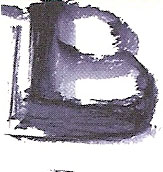











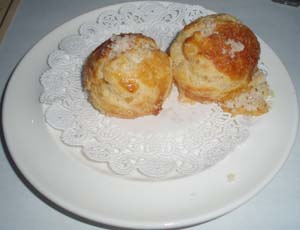



 The reference to “starched self-consciousness” is entirely typical of Bruni, and suggests he doesn’t find Daniel as exciting as his predecessors did. Given his many other comments about similar restaurants, it also suggests that he simply doesn’t enjoy this style of dining.
The reference to “starched self-consciousness” is entirely typical of Bruni, and suggests he doesn’t find Daniel as exciting as his predecessors did. Given his many other comments about similar restaurants, it also suggests that he simply doesn’t enjoy this style of dining.





 A wonderful tray of sweets and a bowl of warm sugar puffs (both pictured at right) concluded our meal on a high note.
A wonderful tray of sweets and a bowl of warm sugar puffs (both pictured at right) concluded our meal on a high note. Throughout the evening, we were thoroughly impressed with the service. It was never pompous or obsequious, simply correct in every possible way.
Throughout the evening, we were thoroughly impressed with the service. It was never pompous or obsequious, simply correct in every possible way.